(ECNS) -- Legends lurk in the sound of firecrackers, while charm lingers in the brilliance of fireworks.
Gunpowder was invented in China. Firecrackers, made of gunpowder, represent the wisdom of ancient Chinese folk customs.
Ancient people believed that the sound of bursting bamboo tubes could scare away evil spirits.
This is considered the origin of firecrackers. An old book written about 1,600 years ago clearly records this custom. During the Sui and Tang dynasties (581-907), people put gunpowder inside bamboo tubes, which could be more easily ignited.
In the Song Dynasty (960-1279), people wrapped gunpowder in thick paper, adding to the advancement of firecrackers.
In the Ming and Qing dynasties (1368-1912), firecrackers came in famous varieties such as the Thunderous Double-crack, Double-bang, and Flying Ten-crack. Fireworks have many Chinese names.
It's an improvement of firecrackers in terms of light, shadow and shape, in addition to sound. "Gunpowder firework displays" first appeared in the Tang Dynasty (618-907).
There were more varieties during the Ming Dynasty (1368-1644).
As time passed by, human thought and culture gradually progressed, creating diversified firework displays.
Various technologies were applied in producing fireworks, including tube-rolling, tube-cutting, bottom pasting, clay filling, powder priming and hole-sealing.
Patterns and shapes have likewise been enriched. When fireworks are set off, people ring in the new year.
They bring the festive atmosphere to a climax while offering people pleasure and excitement. Fireworks represent the wish to ward off evil and welcome good fortune, along with personal sentiment and emotion.








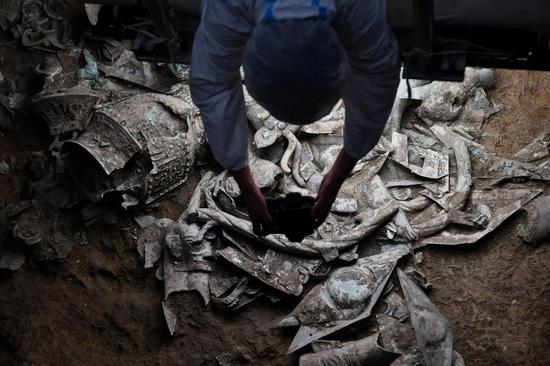

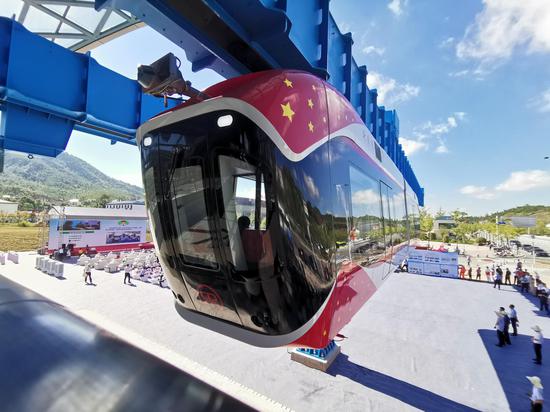
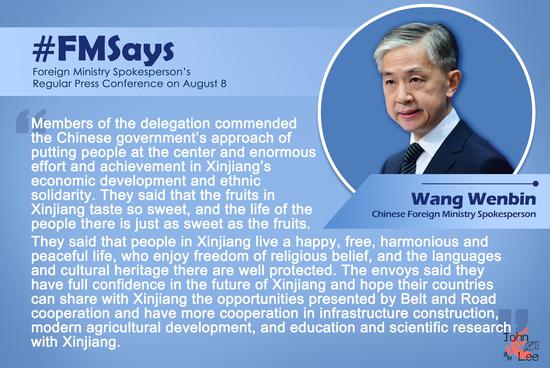

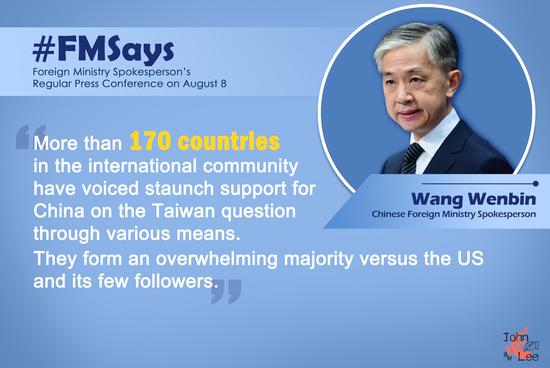

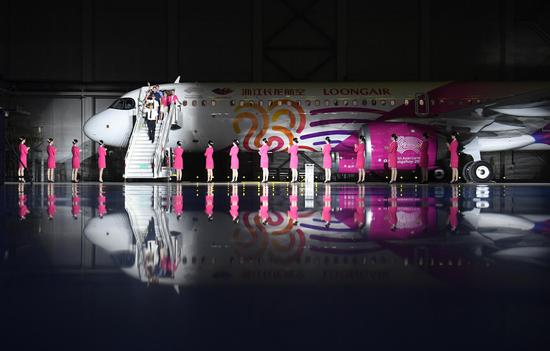

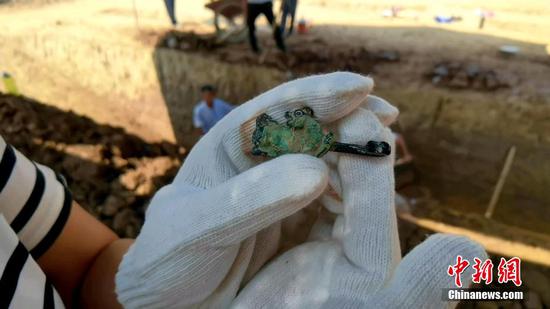
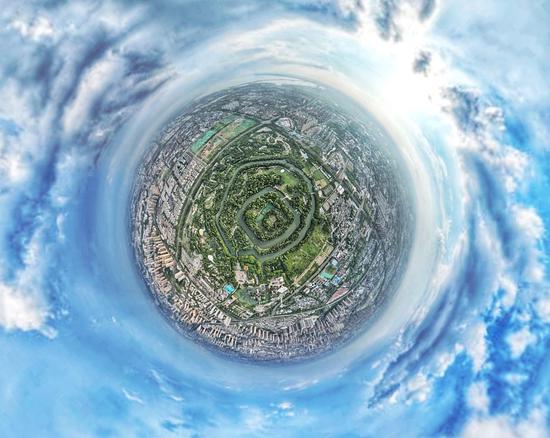






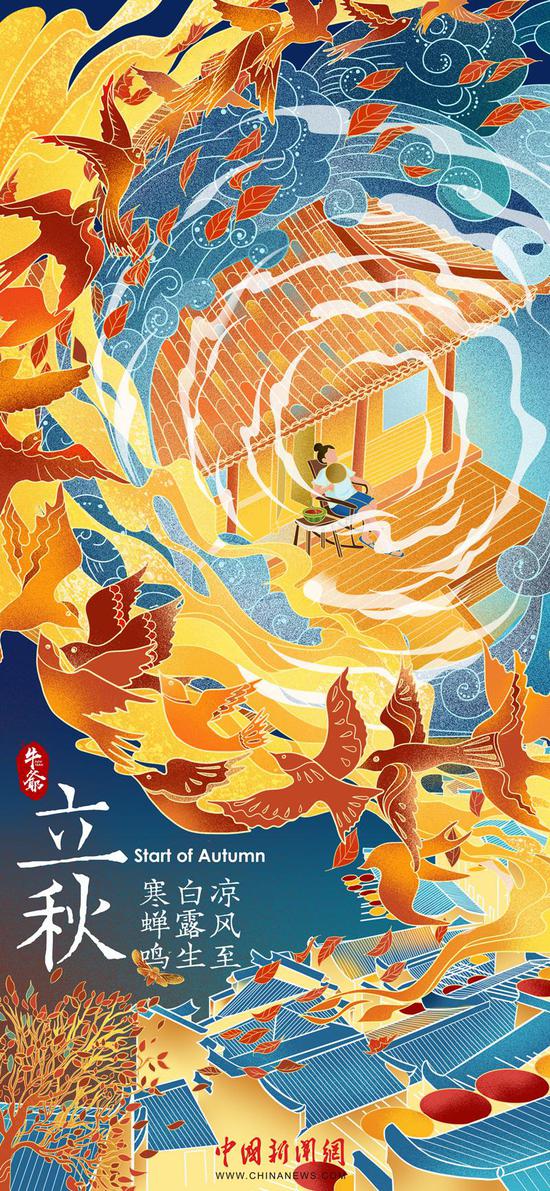
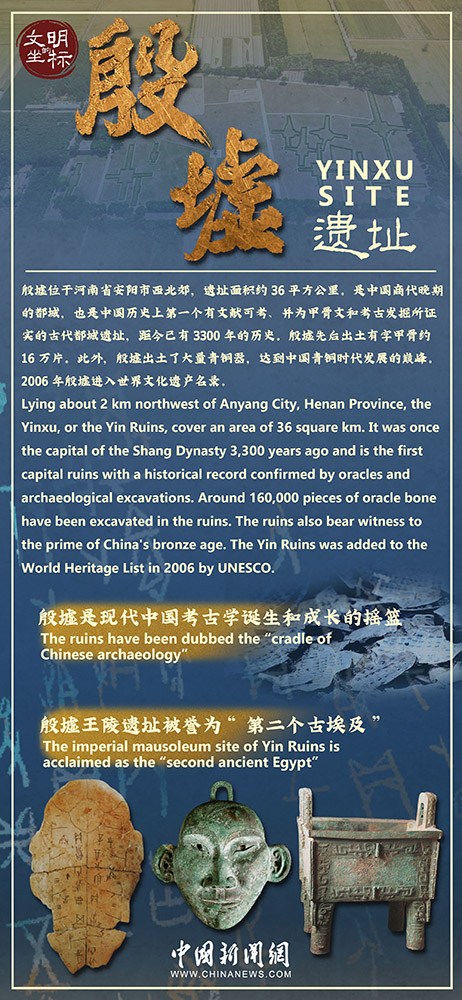


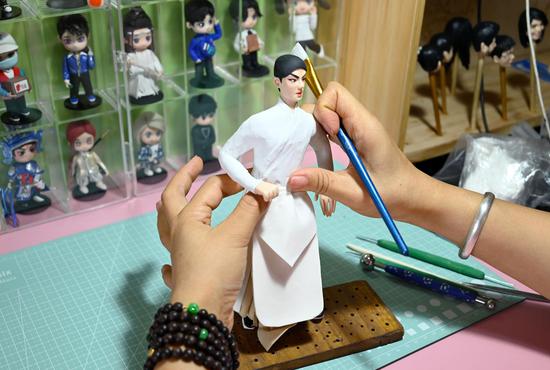
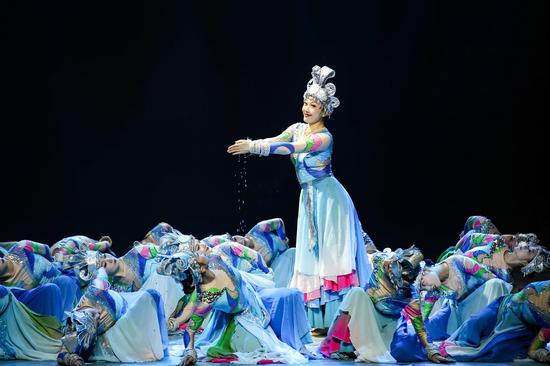

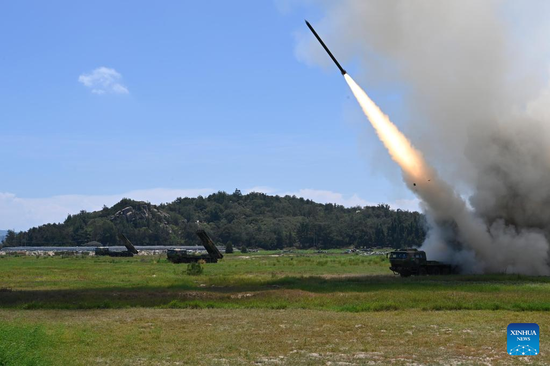
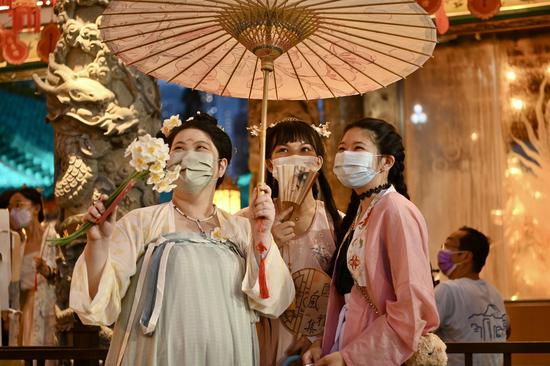

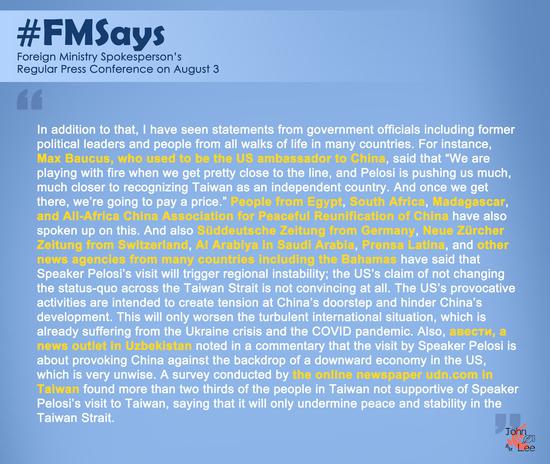
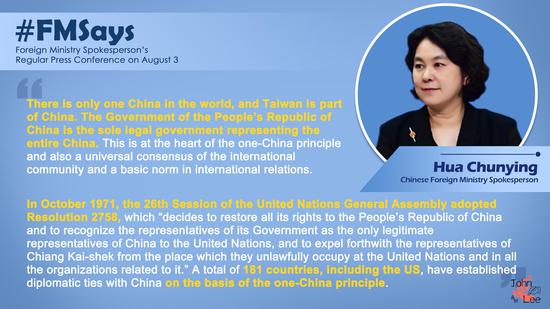
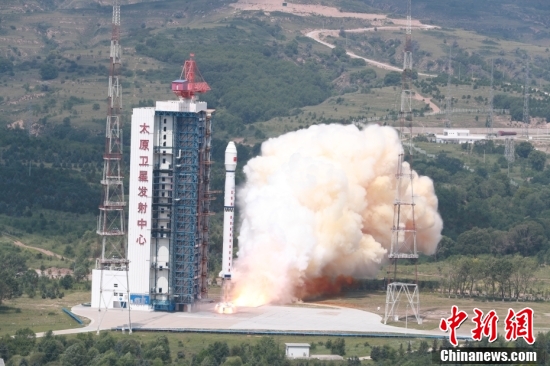
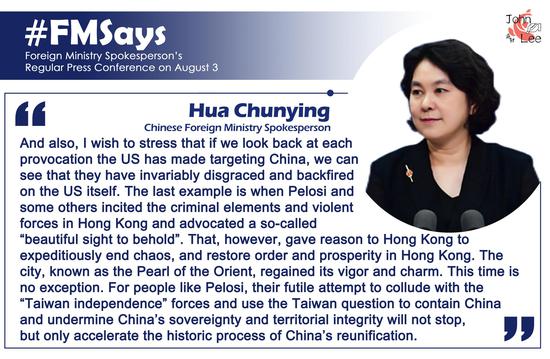


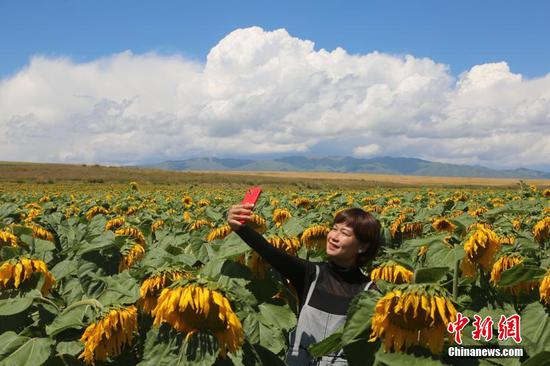
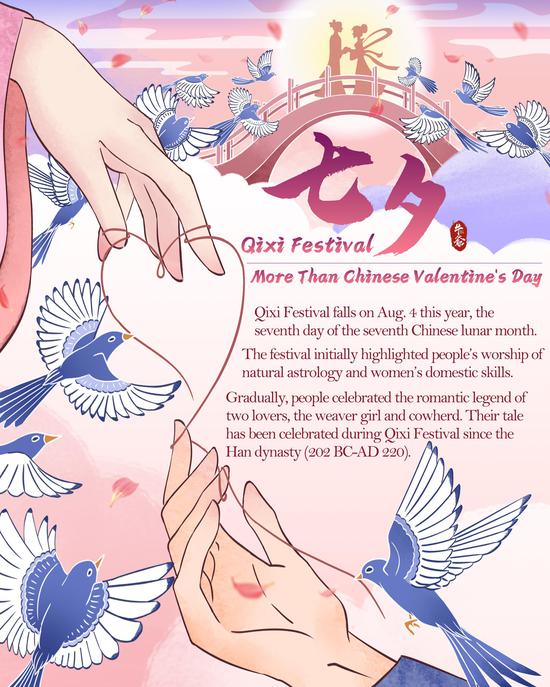
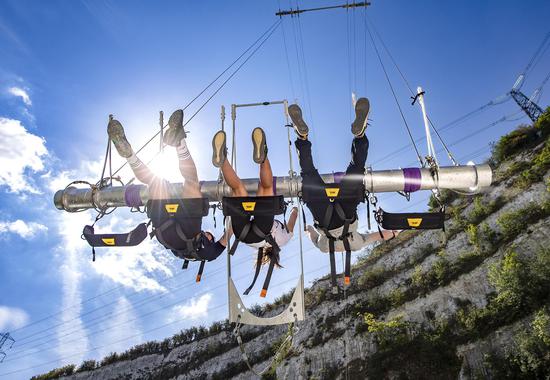



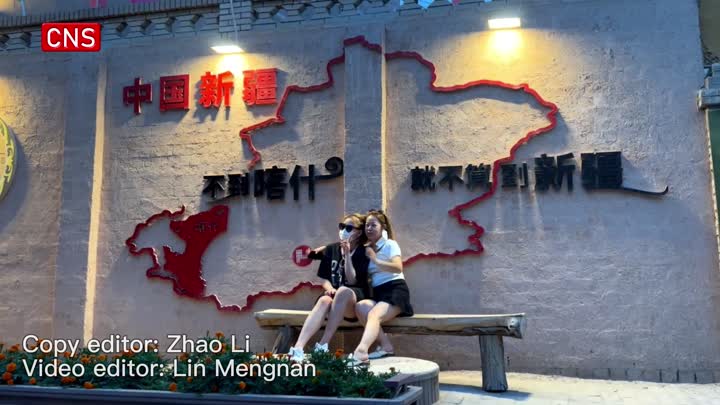

 京公网安备 11010202009201号
京公网安备 11010202009201号